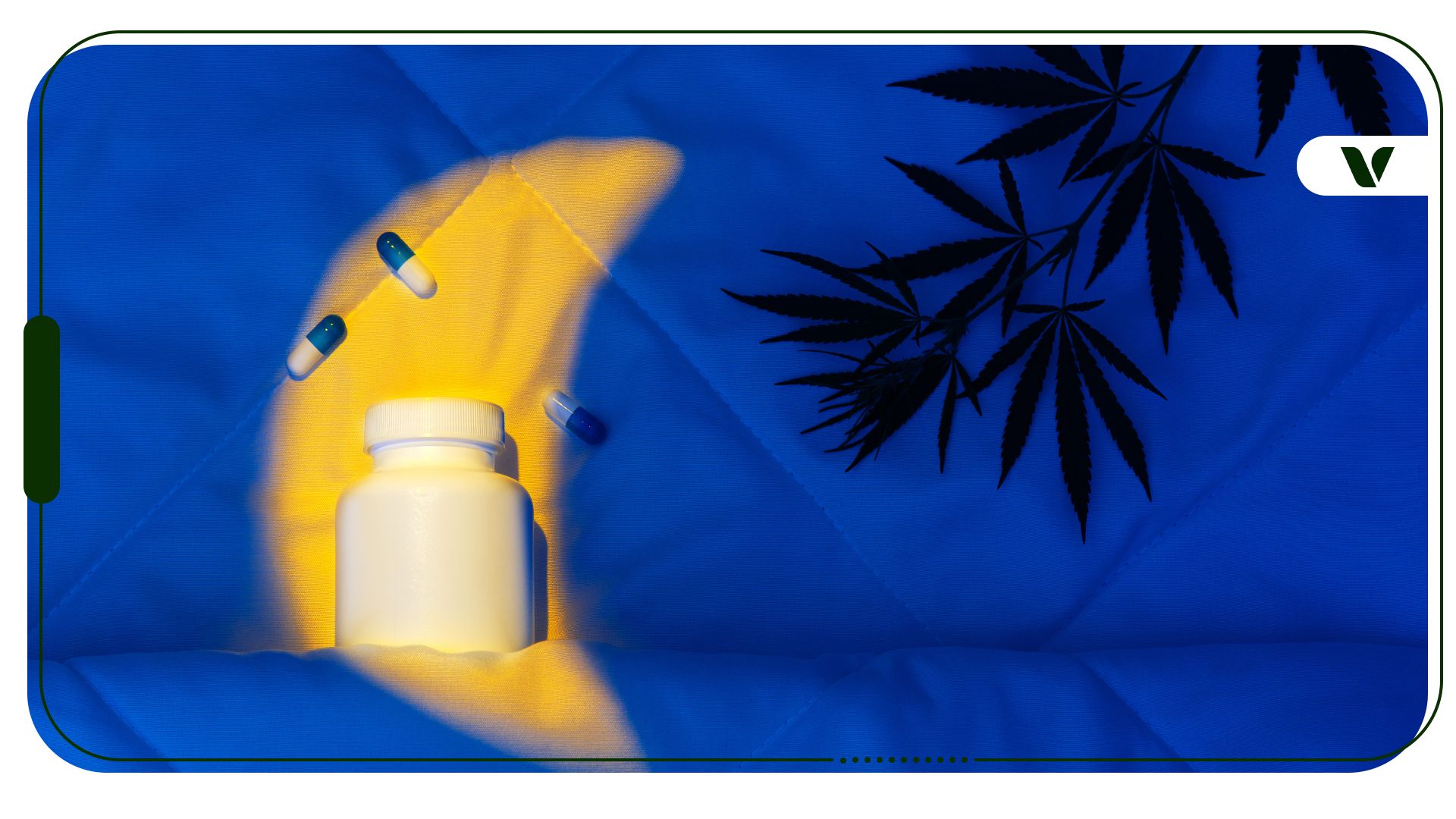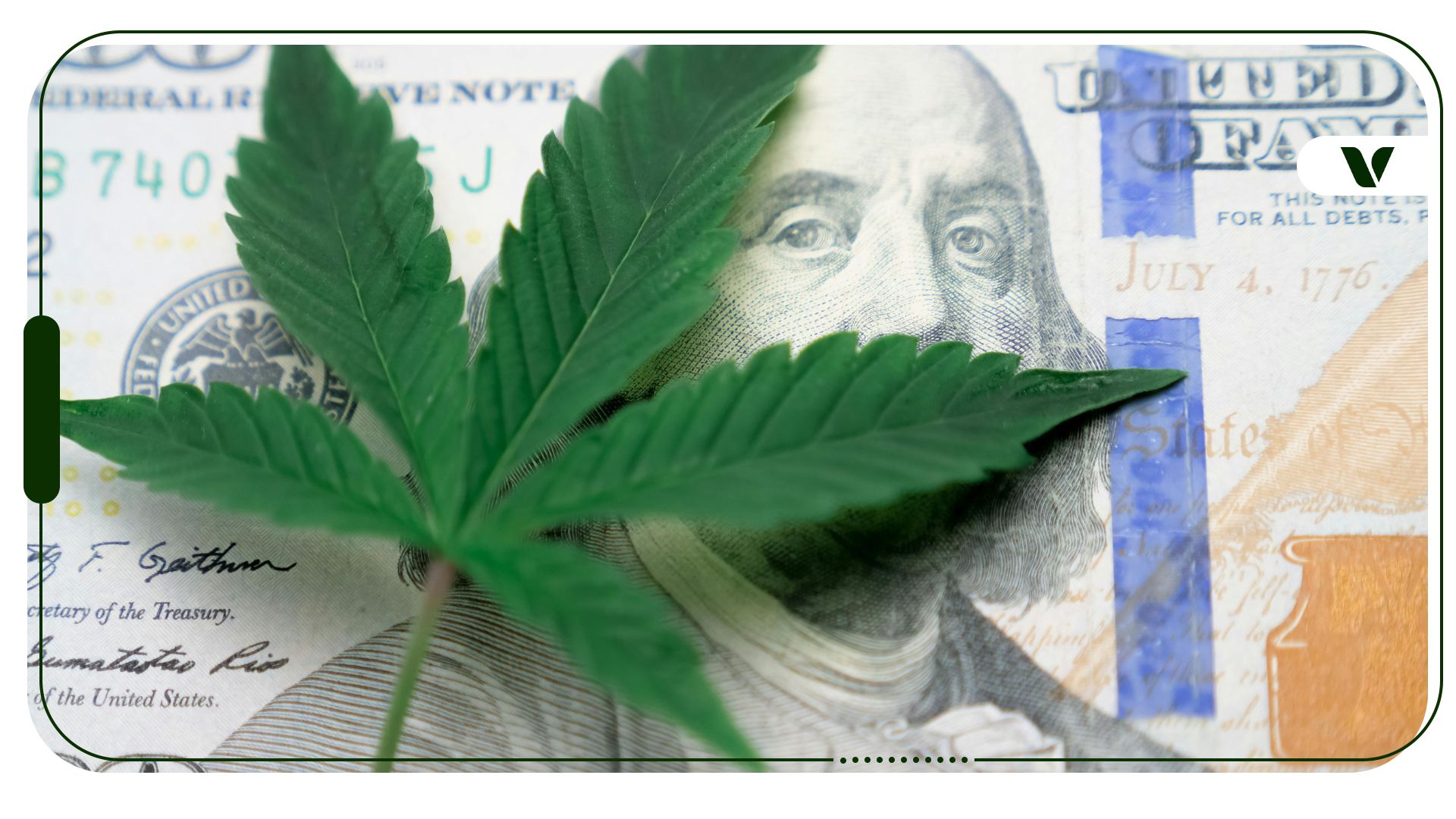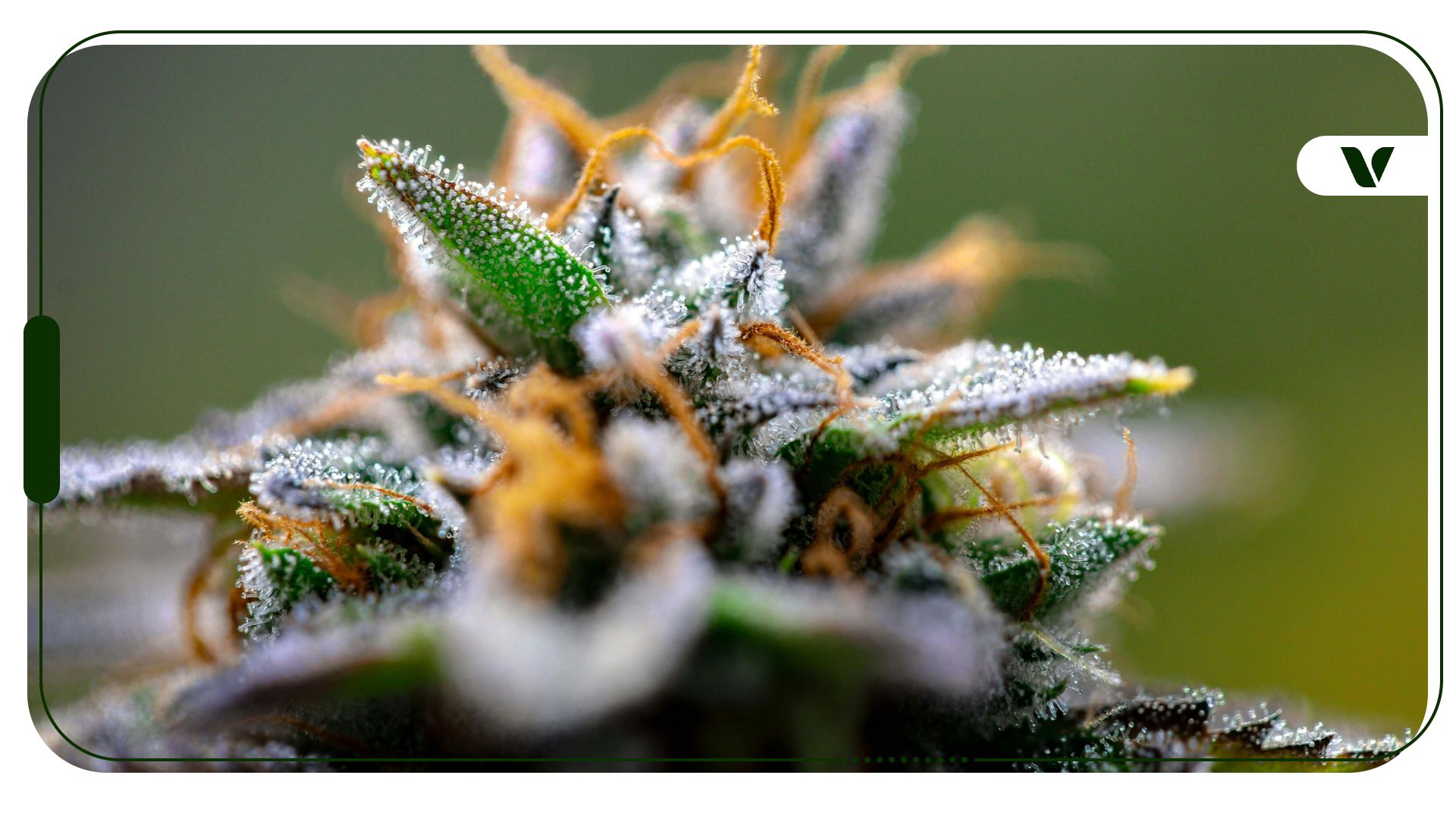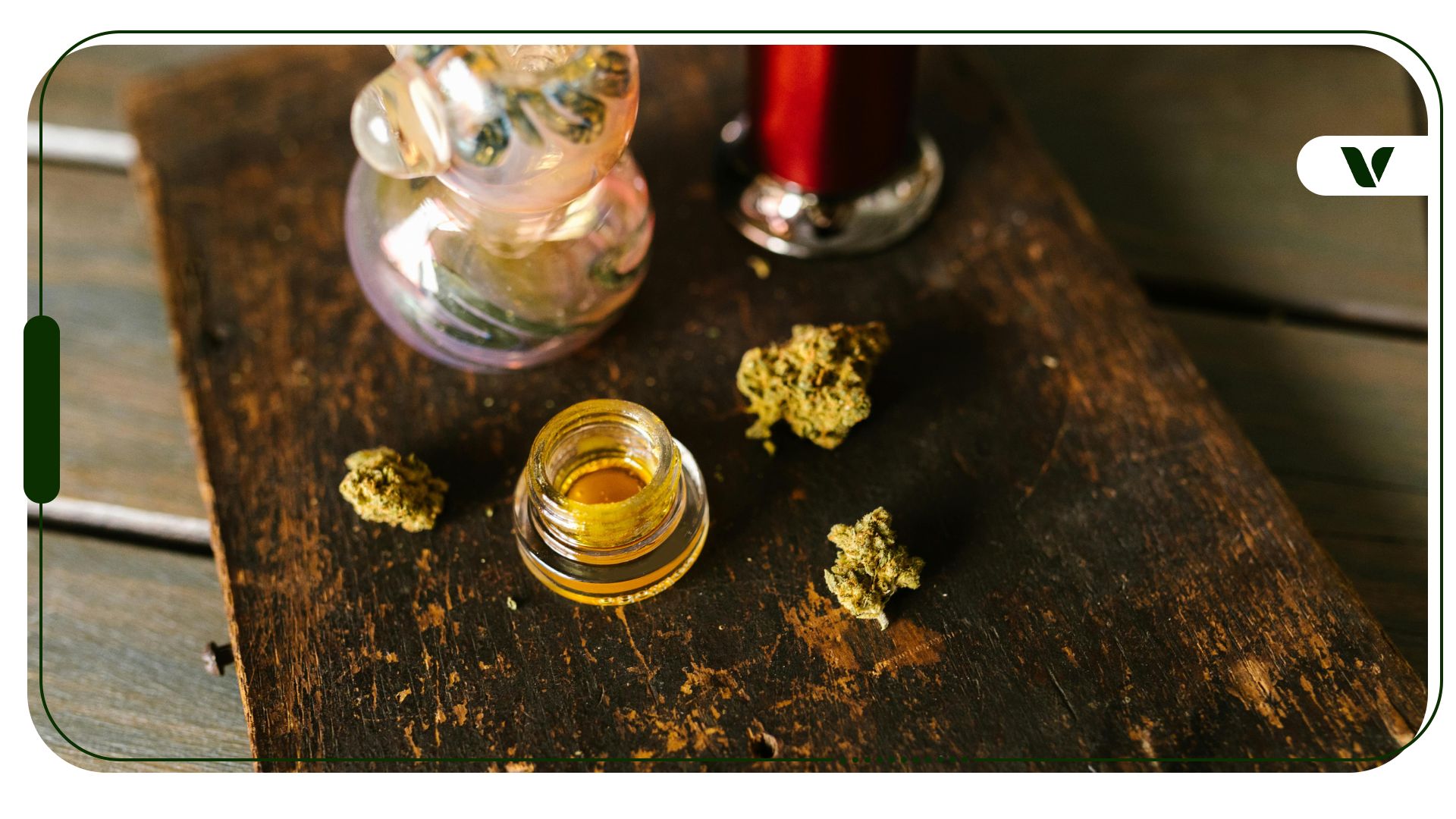Cannabis and Ambien® (zolpidem) both boast some related effects and benefits, such as promoting relaxation and sleep. But although they may share similar outcomes, they are vastly different in nearly every other way.
Up to 30% of adults struggle with sleep disorders such as insomnia. Currently, the National Sleep Foundation recommends that adults ages 18-64 get between seven and nine hours of sleep. For seniors over the age of 65, seven to eight hours of sleep is recommended.
However, over one-third of Americans aren’t getting this recommended seven-hour minimum of sleep a night, which is why it comes as no surprise that people might consider combining the benefits of cannabis and Ambien to promote relaxation and a better night’s sleep.
In this article, you’ll gain a better understanding of how each of these substances affects the body when used individually or combined. After that, you can decide for yourself if the combination is your key to resting easy or too risky to consider.
What Is Ambien (Zolpidem) and What Are Its Uses?
Ambien, which is the brand name for the drug known as zolpidem, is a popular medication typically used to treat insomnia by slowing down the brain and nervous system. It works by increasing GABA (gamma-aminobutyric acid) activity, which is a natural chemical in the brain. This chemical helps you relax, and in turn, makes it easier to sleep.
This drug helps people fall asleep faster and stay asleep better throughout the night. It’s meant to be taken only when you are ready to go to bed because of its strong effects.
Ambien is typically only used for a short period of time, and you shouldn’t take it for more than a week without telling your doctor. Its dosing can also vary, particularly by biological gender, and some forms come in extended-release tablets.
Some of the common side effects of Ambien include headaches, drowsiness, daytime sleepiness, dizziness, tiredness, breathing problems (such as shallow breathing or shortness of breath), and gastrointestinal problems like nausea, constipation, upset stomach, or diarrhea.
People can also experience abnormal thoughts or behaviors on Ambien. Some of these other side effects are:
- Hallucinations, such as hearing or seeing things not there
- Difficulty concentrating
- Agitation
- Muscle pain and discoordination
- Allergic reaction, possibly severe
- Worsening depression
- Difficulty concentrating
- Next-day or morning drowsiness
- Performing activities while not fully awake and not remembering them the next day
- Short-term memory loss
However, other side effects can occur as well, depending on the person and their preexisting conditions or other concurrent medications. Alcohol and other sedative drugs shouldn’t be taken with Ambien. You should report any unusual sleep activity or severe reactions right away, and always follow your prescriber’s advice.
Importantly, Ambien is easily habit-forming or misused, and many patients have a hard time tapering off when they’ve been on it for a while.
How Cannabis Affects the Body When It Comes to Sleep
After consuming cannabis, primary cannabinoids like THC and CBD interact with our endocannabinoid system, influencing biological functions such as sleep.
The method of consumption can also impact not only how quickly you feel the effects of cannabis, but also how long it affects your body. It’s important to consider this when taking cannabis as a sleep aid or before combining it with another drug like Ambien.
For example, inhaling cannabis means a faster onset of the effects, but they may also wear off more quickly. The effects of smoking are typically more of a “head buzz” and peak within 30 to 60 minutes, tapering off within two to four hours. Edibles, however, take longer to affect you but might have a longer, more intense, lasting “body buzz” effect because of how the body metabolizes the THC this way.
Certain common terpenes will also affect, and improve, sleep better than others. Many of these terpenes are classically found in Indica strains, which have a reputation for their relaxing, pain-relieving, and sedative-like properties.
Some of the terpenes that can help with sleep and have other complementary benefits are:
- Myrcene: Relieves inflammation, pain, and insomnia
- Caryophyllene: Relieves anxiety, depression, stress, inflammation, and pain
- Limonene: Stress reducer, anti-depressant, and anxiety reducer
- Linalool: Relieves anxiety, stress, inflammation, insomnia, and pain
Potential Interactions Between Ambien and Cannabis
Certain effects of these two drugs can interact and increase in strength when taken together. Older adults especially are more susceptible to Ambien’s effects since they often take more medications and have slower metabolisms.
As zolpidem alone can have its own set of side effects, these may be exacerbated by cannabis and other drugs or result in new effects or side effects when combined.
Benefits:
- Pairing Complementary Cannabis Strains: While Ambien can have some negative side effects, there are certain cannabis strains and terpenes that might help balance these out. For example, strains containing terpenes like caryophyllene and linalool can pair nicely with Ambien as they relieve depression, anxiety, and pain.
- Sleep Enhancement: Combining these two substances will how a powerful effect when it comes to falling asleep faster and staying asleep longer. Cannabis and hemp are also sometimes used anecdotally by people to taper off Ambien and switch to a more natural and less toxic way to fall asleep.
Risks:
- Metabolization Issues: Penn State published a spreadsheet about how the body metabolizes Ambien and how cannabis consumption affects this metabolization. CBD inhibits the CYP3A4 enzyme, which is the enzyme responsible for breaking down Ambien and many other medications. This means cannabis and zolpidem consumption together will increase the intensity and extend the effects of Ambien on the body.
- Dizziness: Combining these two drugs can cause excessive dizziness. Older adults should exercise caution to avoid falling, injuries, or accidents.
- Impaired Cognitive Function: Mixing Ambien and Cannabis may lead to confusion, which can be worse for the elderly. Impaired thinking, difficulty concentrating, and worsened judgment are similar side effects of this drug combination.
- Drowsiness: A feeling of excessive sedation can occur when mixing Ambien and cannabis. This could cause drowsiness even the next day, especially if taken late at night. This may be made worse depending on the strain of cannabis, such as Indica-heavy strains, or the type of Ambien, like the extended-release tablets.
Safety Considerations to Keep in Mind When Combining Ambien and Cannabis
When combining these two drugs, certain activities should be avoided due to the side effects they create.
Driving or operating any heavy machinery, along with any activities that require mental alertness, are not recommended. Wait until you feel fully alert, awake, and sober to use your car.
The use of alcohol should be avoided when mixing Ambien and cannabis, or even when simply using one or the other. The combination of these two substances can cause new and additional side effects. You should ask your doctor before taking other sedatives, muscle relaxers, anticonvulsants, or narcotics (e.g., opioids, etc.).
When mixing Ambien and cannabis for the first time, start with very low doses of each so you can see how your body responds. You might also consider a regular dose of one while microdosing with the other to give just a slight added effect.
Consulting with your healthcare provider first is highly recommended, especially for those with a significant medical condition or those on other medications.
Alternatives to Ambien
Since Ambien and cannabis have some strong effects when mixed, there are alternatives you can try instead. Using a more natural sleep aid as opposed to taking Ambien if you still plan to use cannabis is one option.
Many of the herbs listed below can also be mixed directly with cannabis and have a wide range of possible benefits when smoked or otherwise consumed together.
- Valerian Root: Known for its calming effects, valerian root may help induce sleep and improve sleep quality.
- Chamomile: Often consumed as a tea, chamomile boasts mild sedative and relaxation properties. Chamomile is high in the calming terpene bisabolol.
- Lavender: You can use lavender via essential oil aromatherapy, or by consuming this herb to promote relaxation and a better night’s sleep. Linalool is one of the main active ingredients responsible for these effects.
- Melatonin: A natural hormone produced by the body that controls the sleep-wake cycle is called melatonin. It’s often consumed in many forms, including pills, gummies, and liquids. Lower doses of melatonin tend to be more effective than higher doses.
Finals Takeaways
Since Ambien and cannabis have such strong effects when used together, keep doses small and use extreme caution if you decide to combine them. Exploring alternative sleep aids to combine with cannabis might be a better method if you’re concerned about negative side effects.
Be aware of the habit-forming and greater addictive nature of Ambien. Fortunately, cannabis may be an option to taper off it with fewer side effects if you experience physical dependence on zolpidem. If you are having trouble with chronic insomnia or are misusing Ambien, talk openly with your provider about ways to reduce or change your consumption.
Author, Share & Comments









